
Handcuffs


Handcuffs


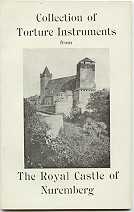
| American Police Collectibles is the definitive, hardcover reference book on its subject. The author, Matthew G. Forte, is the leading expert in this field. | 
|
Click on the book's image to order a signed copy directly from the author, or order it from Barnes & Noble or from Amazon.com. |
| American Police Equipment is the perfect companion volume and complement to American Police Collectibles. As its sequel, Mr Forte has outdone himself with his authoritative, meticulously documented and researched second book. | 
|
Click on the book's image to order a signed copy directly from the author. Receive a discount if you buy both books. |

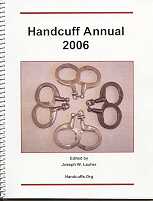
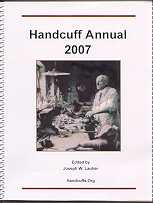
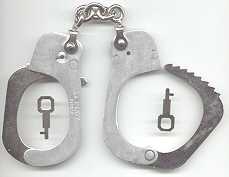
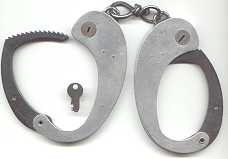
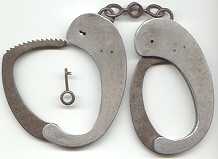
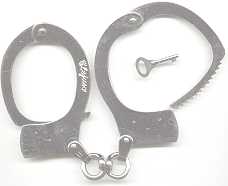
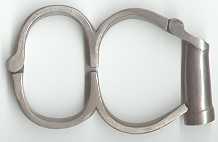
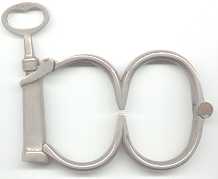
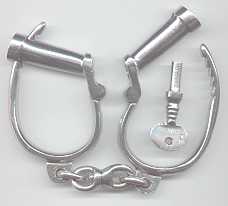
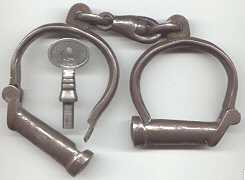
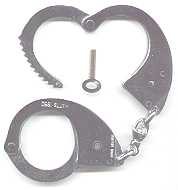


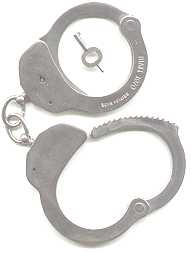
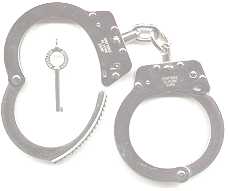
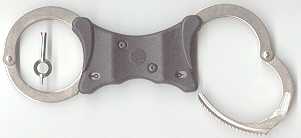
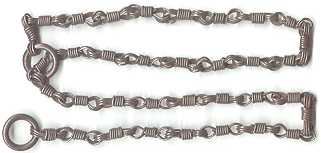



Jack Tanis, 614 Broome Street, Fernandina Beach, FL 32034-3837, USA
Telephone: 904.261.4628
e-mail